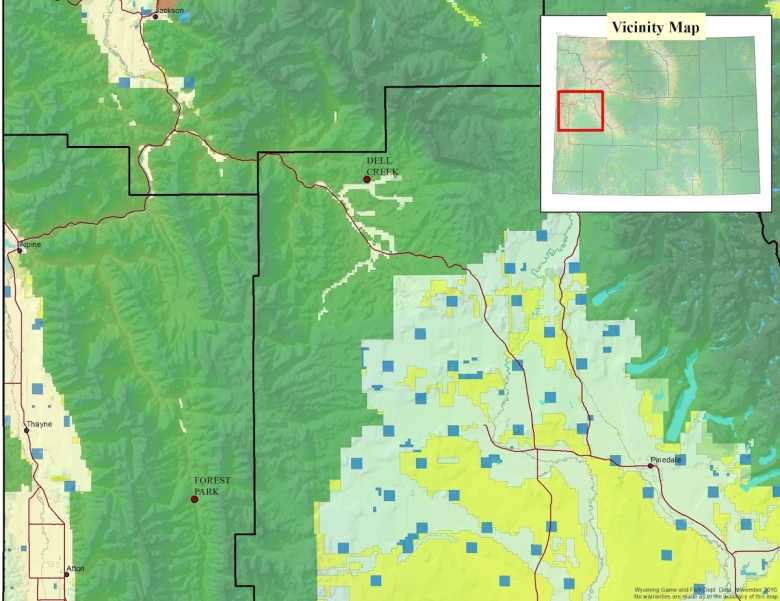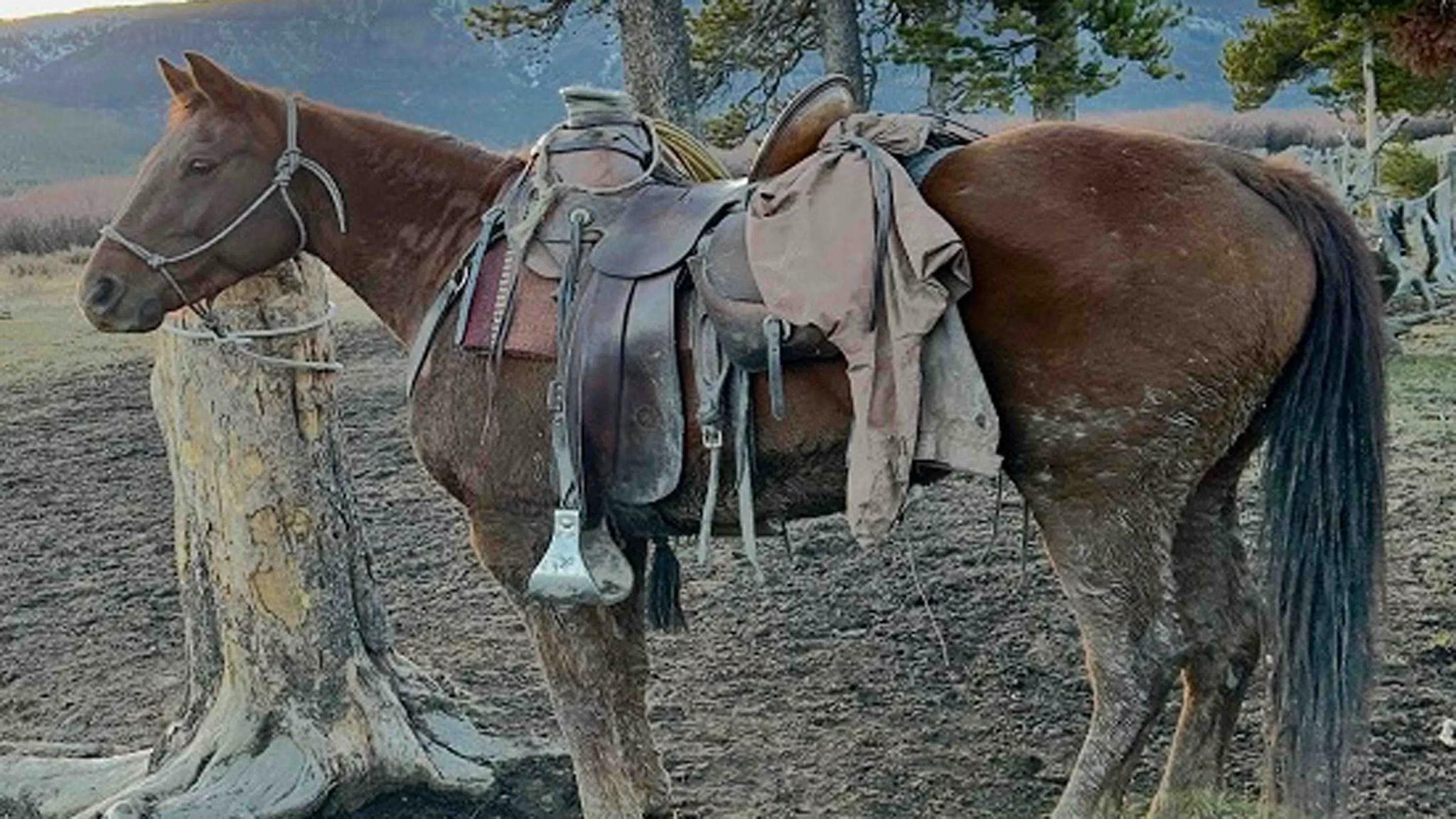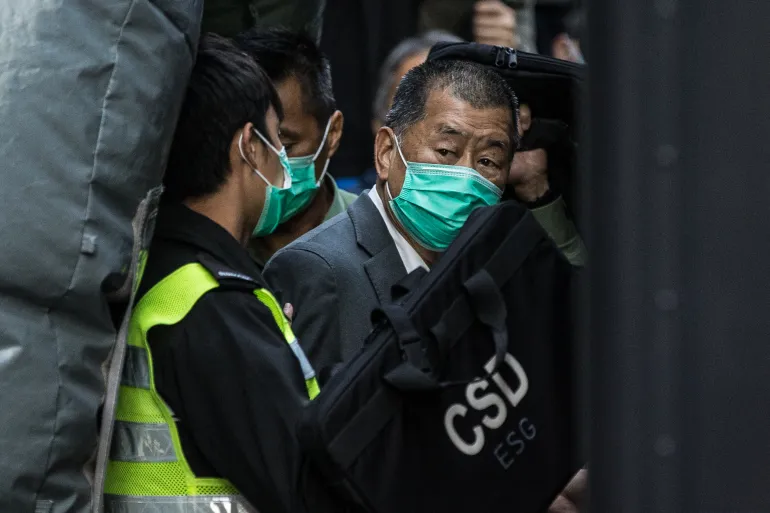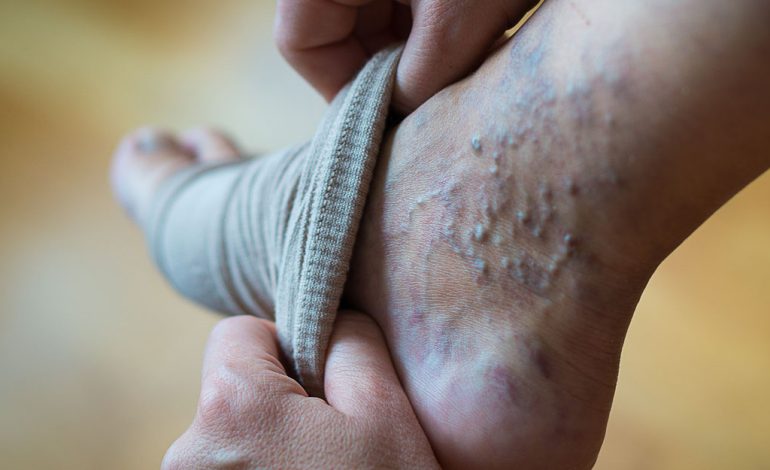We worry about our heart, brain, skin, even our gut. But veins? Not so much.
That might change now that Donald Trump’s recent diagnosis of chronic venous insufficiency (CVI) has put vein health in the spotlight, the Telegraph reports.
Sure, veins don’t get the same attention as flashy organs — but they’re the superhighways moving blood through thousands of miles in your body. When they start failing, the consequences aren’t just cosmetic. We’re talking swollen ankles, leg ulcers, painful clots, and yes — even death.
So what’s really going on with our veins when things go wrong, and how do we keep them healthy? Here’s the lowdown from expert venous surgeon Professor Mark Whiteley, founder of The Whiteley Clinic.
You’ve probably seen varicose veins — those bulging, twisted veins on legs or ankles. They happen when valves inside your veins stop working properly, causing blood to pool instead of heading back to the heart.
Once dismissed as a “cosmetic” issue, research shows varicose veins can lead to serious complications, like blood clots or leg ulcers. Symptoms can include:
- Aching or heavy legs
- Itching or burning
- Visible, bulging veins
Got any of the above? Talk to your GP — especially if your veins are bleeding or painful.
Chronic venous insufficiency (CVI) is basically what happens when your veins stop doing their job — pumping blood back up to your heart. It causes blood to pool in the legs, often leading to swelling, inflammation, and skin discoloration, especially around the ankles.
Whiteley explains it like this:
“CVI is a broad term, meaning the valves just aren’t working — whether that’s in deep veins or the ones closer to the skin.”
Risk factors include:
- Age
- Inactivity
- Family history
- Past cases of deep vein thrombosis (DVT)
If your ankles are constantly swollen or discolored, don’t guess — get a scan. Treatments vary wildly depending on whether the issue lies in superficial or deep veins.
Blood clots in veins (aka thrombosis) can form for three big reasons:
- Changes in your blood (from things like smoking or hormonal birth control)
- Changes in blood flow (think: long flights or sitting too long)
- Damage to blood vessel walls (due to injury, surgery, or inflammation)
A small clot in a surface-level vein might clear on its own. But if a clot forms behind your knee or up into your pelvis, that’s when things get scary — we’re talking DVT territory.
Deep vein thrombosis (DVT) is a serious, often silent condition where a clot forms deep in your leg. The real danger? That clot could travel to your lungs, causing a pulmonary embolism (PE) — which can be life-threatening.
DVT symptoms to watch for:
- Throbbing or cramping pain (usually in one leg)
- Swollen, warm, or discolored skin
- Veins that feel firm or tender
Think you might have DVT? Call your doctor immediately — or dial 999 if you’re short of breath or have chest pain.
Venous leg ulcers are painful open sores, usually found between your knee and ankle. They’re often caused by past DVTs or long-term varicose vein issues, and they won’t heal on their own.
These ulcers are linked to chronic inflammation in the veins — and once they appear, they require proper treatment to avoid infection or further complications.
How to Keep Your Veins in Check:
- Move your body
Whiteley says exercise is your veins’ best friend. Walking, running, and swimming are especially good at getting blood moving. Even foot flexes on the couch can help. - Wear compression stockings
Not sexy, but effective. These snug socks help blood flow properly in the legs — especially if you’re stuck sitting (hello, long-haul flights). - Hydrate like it’s your job
Drinking water keeps your blood thinner and flowing smoothly. If your pee’s pale yellow, you’re good to go. - Skip the smokes
Smoking thickens the blood and damages vessel walls — a perfect storm for clots. Good news? Former smokers lower their DVT risk back to normal. - Consider MPFF
There’s some evidence that micro-purified flavonoid fraction (mainly diosmin, found in citrus fruits) can relieve discomfort and swelling. It won’t fix damaged veins but can ease symptoms.
Quick Myth-Busting with Dr. Whiteley:
Do different vein colors mean different things?
Yep. Veins themselves are colorless — what you’re seeing is the blood inside. Red veins are close to the surface, blue ones are deeper, and green means even deeper with thicker walls.
Does dry brushing help vein health?
Nope, but it is good for lymphatic drainage. Bonus points if you’re dealing with swelling or cellulite.
Is crossing your legs bad for veins?
Total myth.
“It came from old hospital beliefs about DVT,” Whiteley says.
It’s your overall health — not how you sit — that matters.










The latest news in your social feeds
Subscribe to our social media platforms to stay tuned